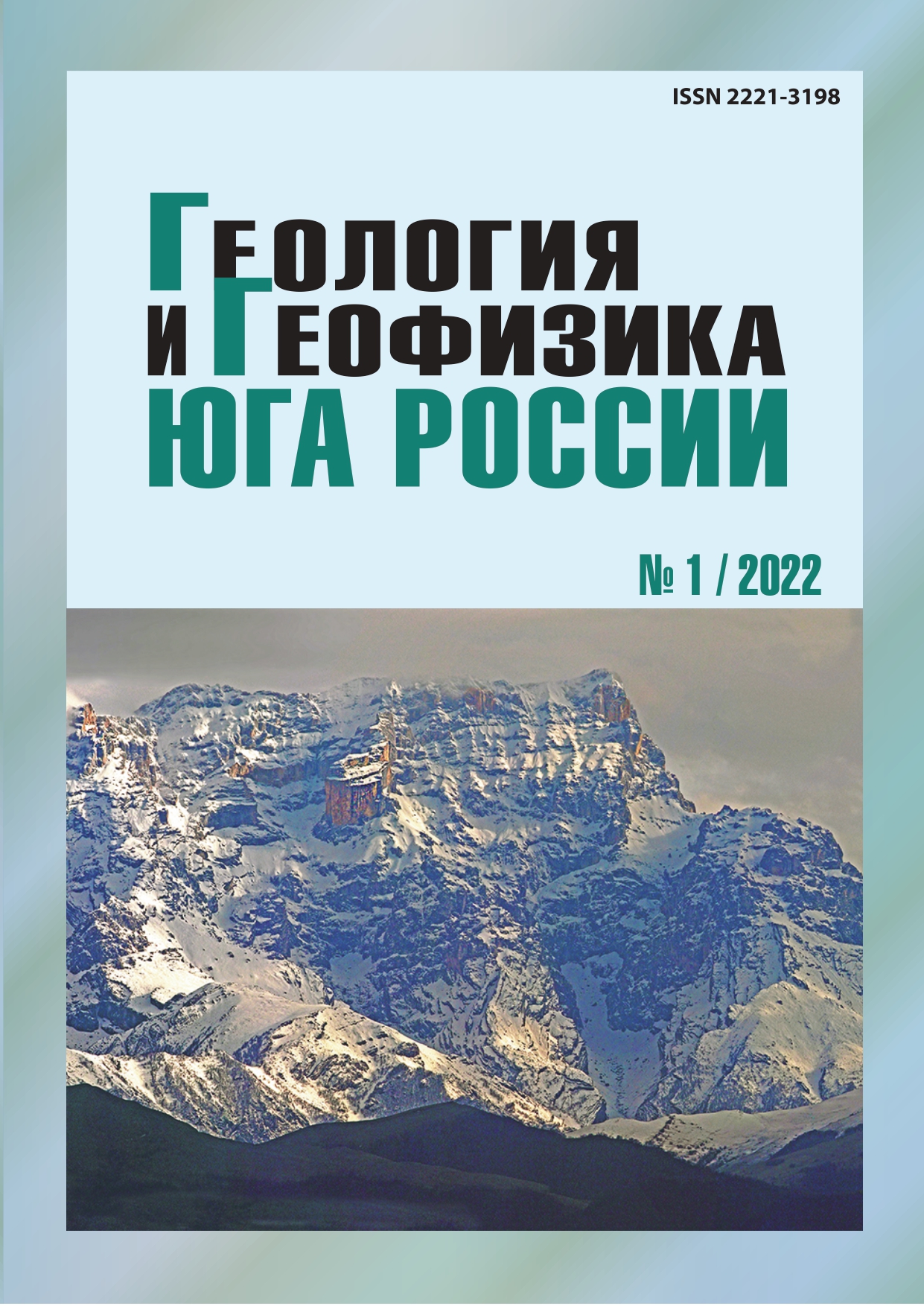Characteristics of spatial inhomogeneity of the acceleration field on the day surface
Abstract
Relevance. Due to the scattering of waves arising from the complexity of the earth’s structure, as well as the effects of the propagation of ruptures along extended faults, spectacular incoherence is observed during seismic impacts. These effects are especially significant for extended structures such as bridges. Aim consists in the development of characteristics that allow taking into account the effects of wave propagation and spatial correlation of ground movements when assessing the reaction of building structures to ground vibrations during earthquakes. Methods. The article offers a detailed assessment of the spatial distribution of seismic accelerations at the construction site. To do this, four characteristics of the non-uniformity of the acceleration field on the daytime surface are introduced: the indicator of non-synchronicity, the indicator of incoherence, the indicator of different scales (differences in oscillation amplitudes) and the indicator of dissimilarity. Analytical formulas for their determination are given for these indicators, and the entered indicators are independent. Results. Simple test calculations and an example of using real earthquake records were performed. Earthquake records were obtained during the performance of seismic micro-zoning of the site of the projected Chiri-Yurt HPP. The article provides a comparison of three records of accelerations at different points of the site. Maps of the values of indicators at the construction site can be obtained by simple measurements of the fluctuations of the daytime surface during explosions and microseisms. Such maps reveal the nature of the heterogeneity of the seismic acceleration field and provide serious auxiliary material to the designer. Large incoherence and multi-scale indicators indicate the complex geology of the construction site and the need for serious geological surveys. The multi-scale indicator allows you to adjust the calculated acceleration when designing structures with a large building spot. The non-synchronicity indicator indicates the required amount of deformation seams for extended structures. It seems appropriate to build the proposed maps at the stage of substantiation of design decisions. If the entered indicators vary greatly in the area of the proposed development, then special technical conditions should be developed for the design and a detailed geology of the construction site should be presented.


